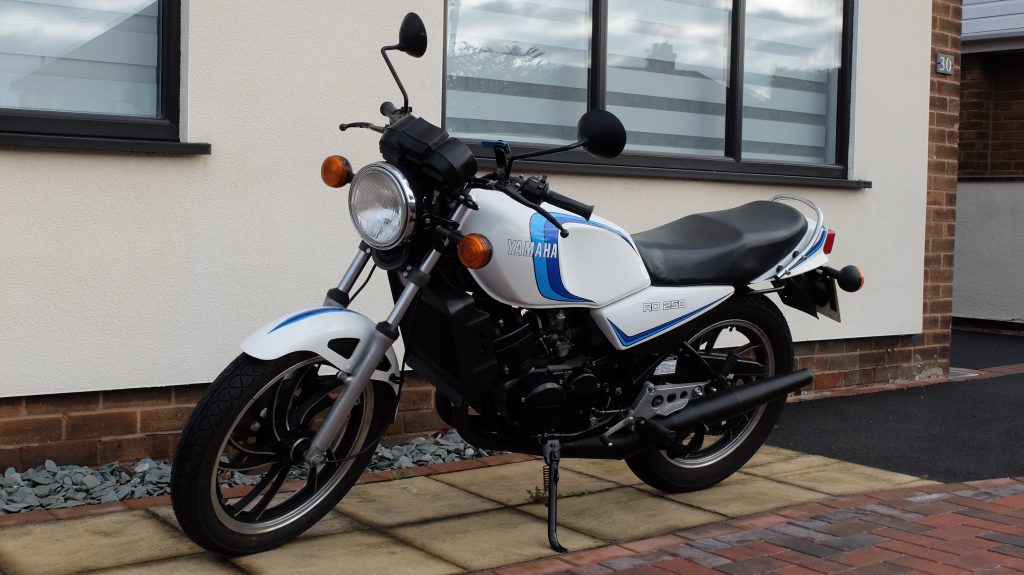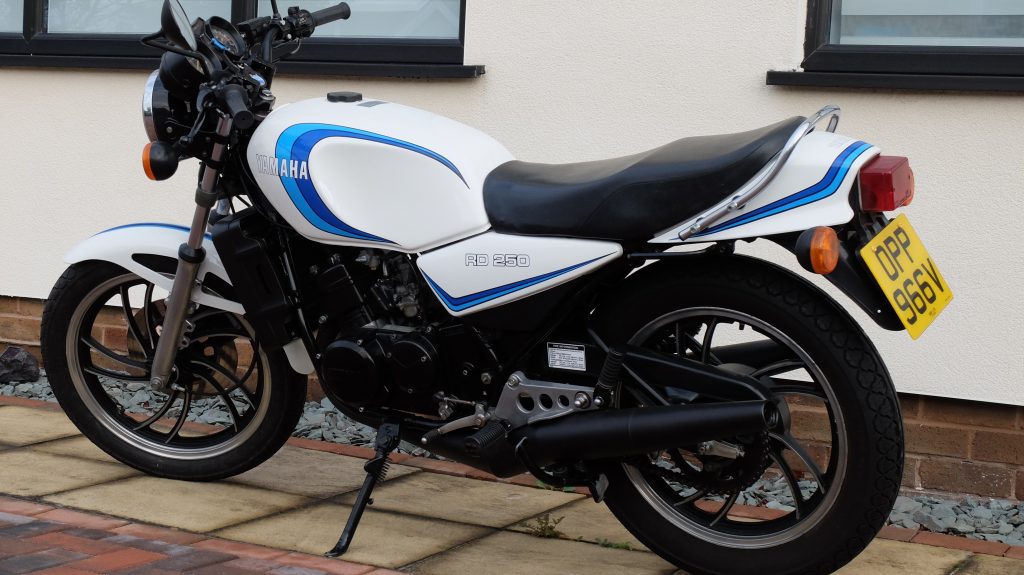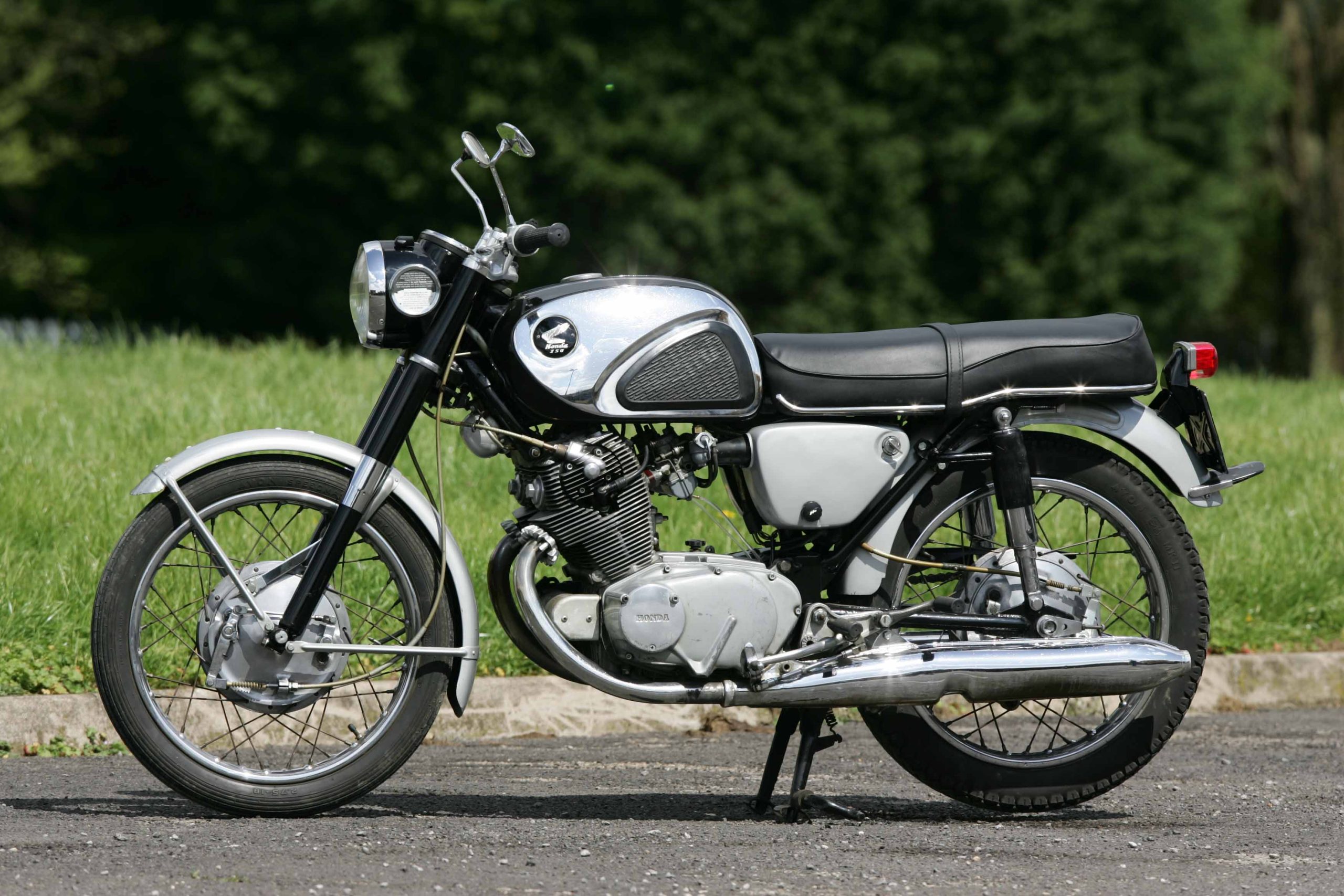Ah, the romance of the classic bike. Sunny Sunday mornings thumping through the lanes, wind in the face, flies in the teeth, Castrol R in the nostrils…. gear-change on the right rather than left, lousy brakes, numb backside, sudden cut-outs, basic repairs foiled by non-metric nuts and bolts.
You can fall out of love with a classic motorcycle unless you have a certain type of patience and resolve, and are comfortable being always half-minded you may not get where you planned.

But while “classic” usually sparks an immediate mind’s-eye of a 1940s British thumper and more time spent fettling than riding, almost-modern classics are becoming more relevant.
Nostalgia is a big classic bike acquisition driver. And nowadays more of us are familiar with 1980s Japanese two-strokes than 1940s Britbikes. However, they’re relatively hard to find because of their original almost disposable status, and that so many were messed with from day one of first ownership.
“I just want to get on my bike and ride it,” says Mike Davies, 64, a retired IT engineer from Lythan St Annes. “I’ve had a lot of Japanese two-stroke ‘classics’, mainly Suzukis – the first a 1977 Suzuki B120 bought in 2011, which kick-started my interest in Japanese classics – but, frankly, the 250s and 500s weren’t what I remembered from the first time round.
“You get off a modern bike and really notice basics like how weak the brakes are on a classic. A friend of mine picked up that I was getting a bit fed-up with the disappointment of some classics and suggested I consider a Yamaha RD250LC – basically race-bike technology of the day, with water-cooling and monoshock suspension.

“It was a complete revelation when it came out, and to me too when I first rode one last year.
“But because of my age, the LCs completely passed me by first time round. When they came out I’d already progressed from 250 two-strokes to things like Suzuki GS1000s. I never knew what I’d missed.”
Mike hunted round and found one of the last in a collection of RD250LCs imported from Germany by Nigel Hughes of Classic Bikes Northwest. He bought it in January 2019.
“Mine was one of the first made, in 1980. But it feels modern. It’s smooth, it’s quick, it’s nimble, and is in a completely different ball game from the competitors of the time, and, importantly to me, it doesn’t need constant attention.
“While it’s still pretty tractable, it still has that two-stroke power band: five-and-a-half-thousand revs and it’s off.
“Yes, I’ve tinkered with it, but it’s been things like replacing a couple of faulty instruments, and preventative stuff like replacing the fuse box.
“If I need parts – and I haven’t needed much – they’re readily available.”

The attraction of many classic bikes can be their story, and the adventures they’ve been on – but adventures with a classic bike usually mean something has gone wrong.
“I’m very much somebody who wants to ride rather than fix. This bike makes you want to ride it because it is so nimble, because of that power band, and because it has stood the test of time and still feels modern in many ways, helped by me having fitted braided brake hoses,” said Mike.
“It’s my Sunday afternoon or summer evening bike when I just want to go for a thrash. I ride it every week in the summer, I keep it looking nice, replace the odd bit here and there, and put it away safely.
“Too many bikes need too much TLC. I’ve had maybe 25 classics, and some I’ve sold after a couple of months because they simply needed too much. But my 250LC gave me a pleasant surprise – what a good machine it is.”
And the purchase decider? “Easy: that two-stroke power band.”
We can be heroes: meet the classic bikers riding to the rescue during the pandemic








